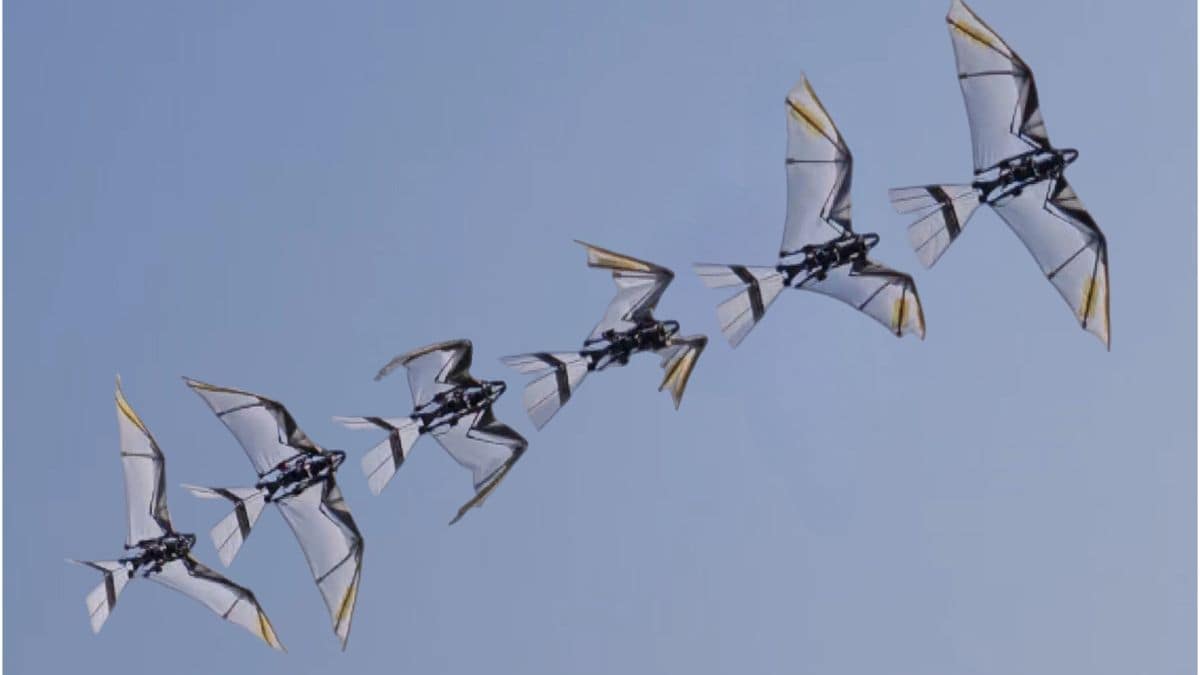Chinese scientists unveiled RoboFalcon 2.0, a flapping-wing robot that has managed to achieve self-takeoff and low-speed flight management. It essentially tries to solve two of the major drawbacks of RoboFalcon version one that can further improve efficiency: firstly, it cannot go slow, and secondly, it requires help to take off. Its reconfigurable wings weigh 800 grams and combine within one wingbeat the motions of flapping, sweeping, and folding in a single step forward for avian-inspired robotics. This adheres to the bird-style takeoff and better pitch and roll management in the air denoted by the researchers.
RoboFalcon 2.0 Mimics Bird Wing Motions to Achieve Self-Takeoff and Stable Low-Speed Flight”
As per the study published in Science Advances, most previous bio-inspired flying robots relied on simplified one-dimensional wing motions, like those of insects or hummingbirds. Conversely, three-dimensional kinematics found in birds and bats are recreated in the RoboFalcon 2.0. Sweeping wings enhance lift and pitching momentum, as confirmed by wind tunnel and simulation results. The flexible wing application could perform assisted-free takeoffs, optimising the design's effectiveness, and further showed real-world demonstrations.
Ventral downstrokes combined with tucked upstrokes generate the necessary lift explained by the researchers, and although thrust for takeoff is much like that in natural bird flight. It is underactuated that the reconfigurable wing system assists in bounding the complexity of flight control.
RoboFalcon 2.0 proved low-speed stability and self-takeoff capability; however, it also proved some limitations, namely, no yaw control and not-so-much energy efficiency. To move forward with avian-inspired robotics and reform new approaches for research on robotic locomotion regarding stability and more efficient use of energy, future refinements have been recommended by the scientists.

Comments
Post a Comment